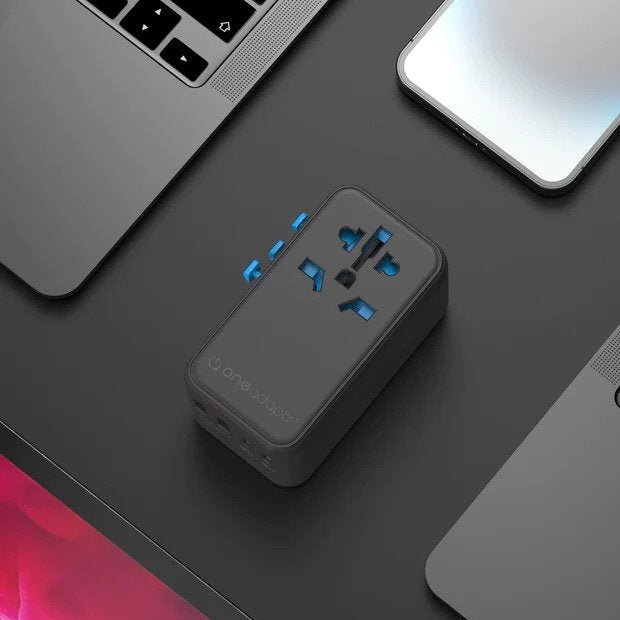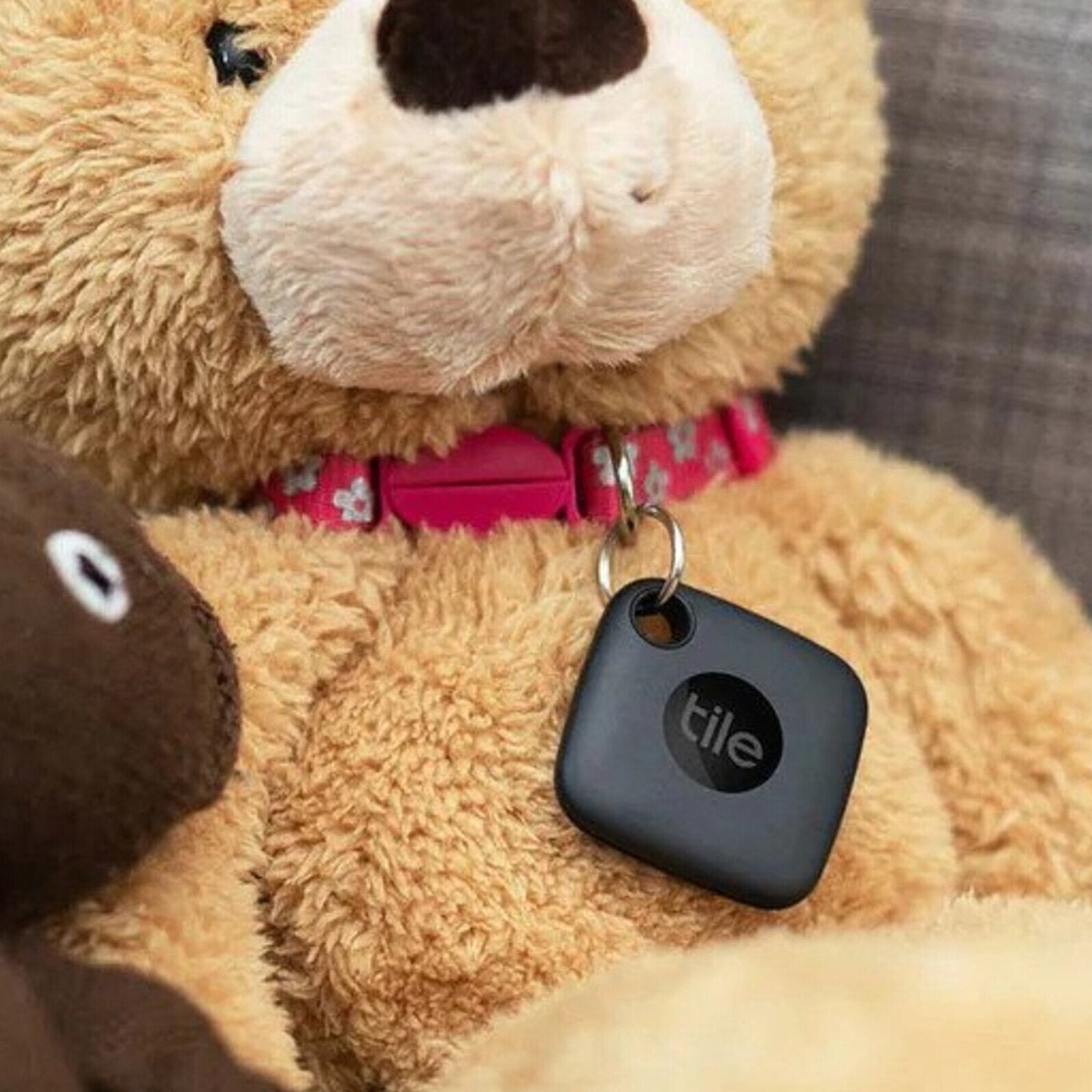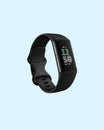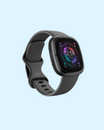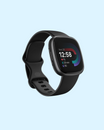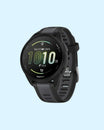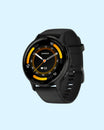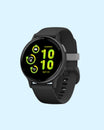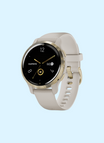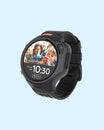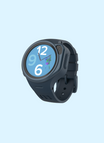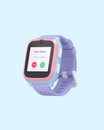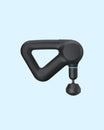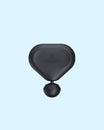Rode Wireless GO (Gen 3) vs DJI Mic Mini: Key Differences
Naila Syifa
Updated December 2024

If you're looking to upgrade your wireless microphone setup, Rode Wireless GO (Gen 3) and DJI Mic Mini are some of the newest options to consider.
Both introduced in 2024, they offer the latest, impressive features that both companies have to offer. However, both microphones also have key distinctions that set them apart. So, how do they differ and which one might be the better choice for your needs?
Key Takeaways
While the DJI Mic Mini's smaller size, longer range, much longer runtime, and Bluetooth support may be appealing for casual users, the Rode Wireless GO (Gen 3)'s advanced audio controls, 32-bit float internal recording, and Intelligent GainAssist feature may be more valuable for professional users.


Rode Wireless GO (Gen 3)
Mid-Range Mic with Pro Features
✓ 32-bit Float Internal Recording
✓ Intelligent GainAssist
✓ Granular Gain Adjustment
✓ Plug-In Power Detect

DJI Mic Mini
Small but Powerful
✓ Two-Level Noise Canceling
✓ Automatic Limiting
✓ DJI OsmoAudio
✓ 48-Hour Battery
Design & Controls

DJI Mic Mini
DJI Mic Mini is much smaller than Rode Wireless GO (Gen 3), giving it a discreet appearance that can be easily hidden on the talent. The transmitter weighs just 10 grams, three times lighter than the Rode Wireless GO (Gen 3) and will not weigh your shirt down like the heavier Rode transmitter.
DJI Mic Mini also has more flexible wearing options. You can clip it onto your clothing or use the clip magnet to attach it more neatly. Rode Wireless GO (Gen 3) only relies on its integrated back clip for attachment. A magnetic attachment like MagClip GO is sold separately.
The tiny design of the DJI Mic Mini gives less room for physical controls. The transmitter has just one power button, one linking button, and two status LEDs. The receiver has one power button, one linking button, two status LEDs, a dial, a 3.5mm audio output jack, and a port to connect with a phone adapter.
In comparison, the transmitter of the Rode Wireless GO (Gen 3) features a Ø button, a dedicated record button, three LED indicators, a USB-C port, and a 3.5mm TRS input. Meanwhile, the receiver features an LCD screen, a Ø button, two navigation buttons, a routing mode selector, a USB-C port, and a 3.5mm TRRS connector.
Audio Features

Rode Wireless GO (Gen 3)
Both microphones equally offer three recording modes — Stereo/Split mode to record in two separate channels, Mono/Merged mode to combine the audio into a single channel, and Safety Channel mode to record an additional backup track at a lower volume in case the main audio clips. DJI Mic Mini records the safety track at -6 dB while the Rode Wireless GO (Gen 3) records it at -10 dB.
DJI Mic Mini stands with a Two-Level Noise Canceling feature, which reduces unwanted ambient noise and provides cleaner audio. There are also windscreens to use for more effective noise reduction in windy environments. Rode Wireless GO (Gen 3) only relies on physical windscreens with no digital noise cancellation feature.
However, Rode Wireless GO (Gen 3) offers internal recording, which uses onboard storage to capture audio directly without the need for a connected device. But even when you connect to another device, the onboard storage is still valuable as a backup in case the connection gets interrupted.
32-bit float is also supported on the Rode Wireless GO (Gen 3), which provides a greater dynamic range and helps prevent clipping. Pro users are more likely to appreciate this advanced audio feature.

DJI Mic Mini
DJI Mic Mini has neither internal storage nor 32-bit float recording support. However, the Automatic Limiting feature can be enabled to prevent clipping. It automatically lowers the audio level when the input is too high.
Rode Wireless GO (Gen 3) has another advantage with the Intelligent GainAssist feature. It automatically adjusts the gain level to produce clear, balanced audio so you don't have to manually adjust it.
If you would like manual gain adjustment, the settings are still more advanced in the Rode Wireless GO (Gen 3). Input gain can be adjusted from 0 dB to 30 dB in 1 dB increment, while output gain can be adjusted from -30 dB to 0 dB in 3 dB increments.
Meanwhile, DJI Mic 2 only offers 5-stage gain control that allows you to choose between -12 dB, -6 dB, 0 dB, +6 dB, and +12 dB by rotating the dial.
Connectivity & Range

Rode Wireless GO (Gen 3)
Both the Rode Wireless GO (Gen 3) and DJI Mic Mini can connect equally to a wide range of devices, including cameras, smartphones, computers, and more.
However, only the Rode Wireless GO (Gen 3) features a 3.5mm TRS input on the transmitter, meaning that it can connect to external microphones like a lavalier, while the DJI Mic Mini doesn't.
Despite this limitation, DJI Mic Mini has its own advantage with Bluetooth connection support. You can connect the mic directly to compatible devices like smartphones or action cameras without the receiver via Bluetooth, a feature that the Rode Wireless GO (Gen 3) does not offer.
If you have other devices in the DJI ecosystem, such as DJI Neo Drone or DJI Osmo Action 5 Pro, you can seamlessly integrate the DJI Mic Mini with these products for a more cohesive workflow.
In terms of range, DJI Mic Mini is also leading by far with a maximum transmission range of 400 meters, significantly longer than the Rode Wireless GO (Gen 3)'s 260-meter range.
Battery & Charging

DJI Mic Mini
DJI Mic Mini can last for up to 11.5 hours on a single charge for the transmitter and 10.5 hours for the receiver. The included charging case further extends the battery life by providing up to 48 hours of total runtime.
Rode Wireless GO (Gen 3) has a considerably shorter battery life of 7 hours for the transmitter and receiver. The charging case also only provides up to 21 hours of total runtime, and it requires a separate purchase instead of being included like the DJI Mic Mini.
If you don't purchase the charging case, you'll have to charge the transmitters and receiver individually via the USB-C port on each unit, or use the included Charging Hub to charge all three components simultaneously.
Rode Wireless GO (Gen 3) vs DJI Mic Mini
Final Thoughts

Rode Wireless GO (Gen 3)
DJI Mic Mini's key advantages lie in its discreet and lightweight appearance, longer range, longer runtime, noise-canceling feature, automatic limiting feature, and Bluetooth support. Meanwhile, Rode Wireless GO (Gen 3) stands out with its more advanced physical controls, 32-bit float internal recording, granular gain control, and Intelligent GainAssist feature.
For professional users who value advanced audio controls and backup recording capabilities, the Rode Wireless GO (Gen 3) is more accommodating. However, for casual users or creators who prioritize portability and ease of use, the DJI Mic Mini may be the more suitable choice.
If you like to read more about Wireless Microphone, check out our other relevant guides here:
Rode Wireless Micro vs GO (Gen 3)
Rode Wireless GO 2 vs GO (Gen 3)
Rode Wireless GO (Gen 3) vs Pro
Rode Wireless GO (Gen 3) vs DJI Mic 2
Author

Naila Syifa
Naila has spent over 1,800 hours researching, exploring, and writing about the latest trends in technology, consumer electronics, and smart home gadgets.
Don't miss out on tech
Subscribe to our newsletter to stay up to date on the latest tech trends and guides on the best gadgets around.


